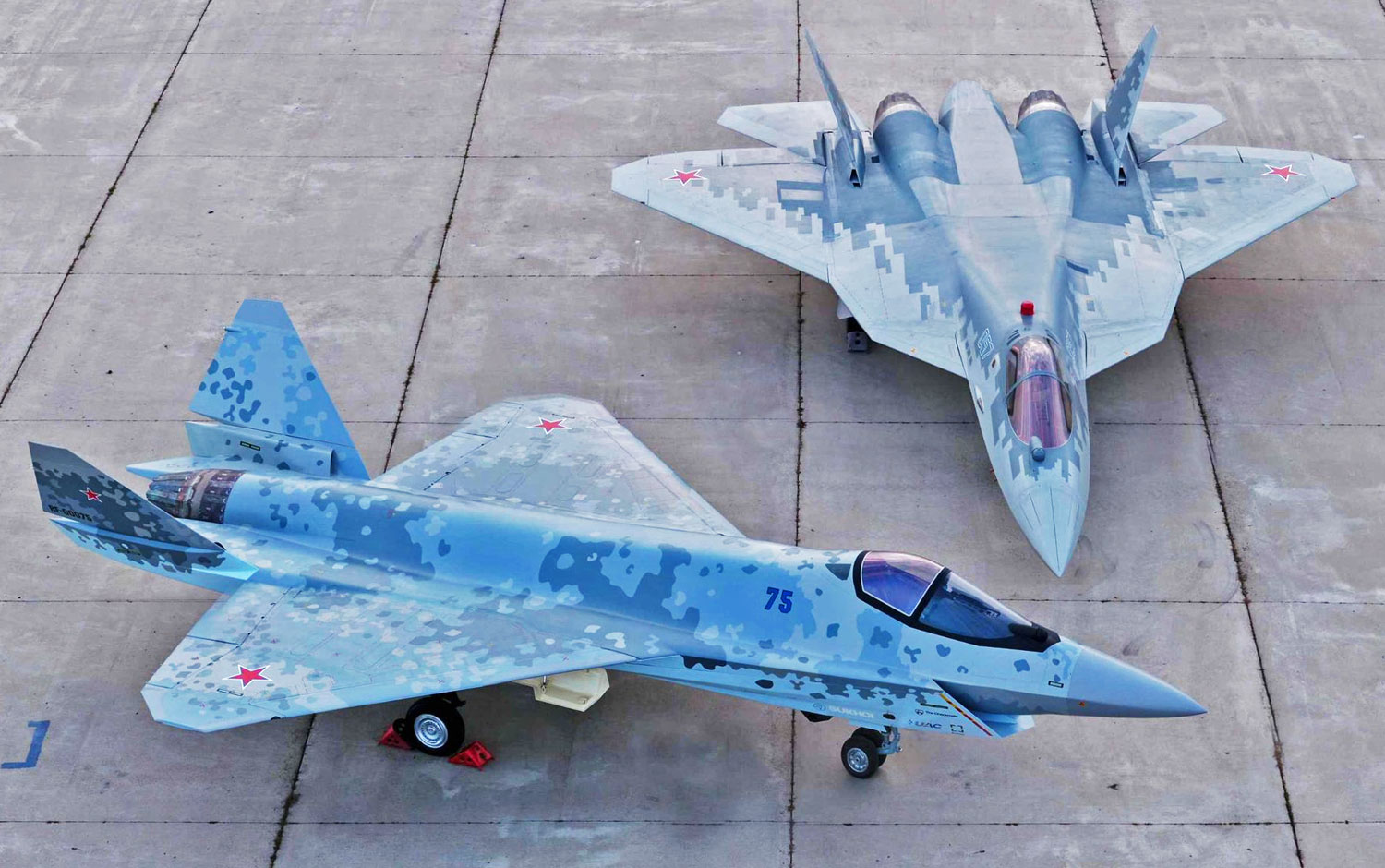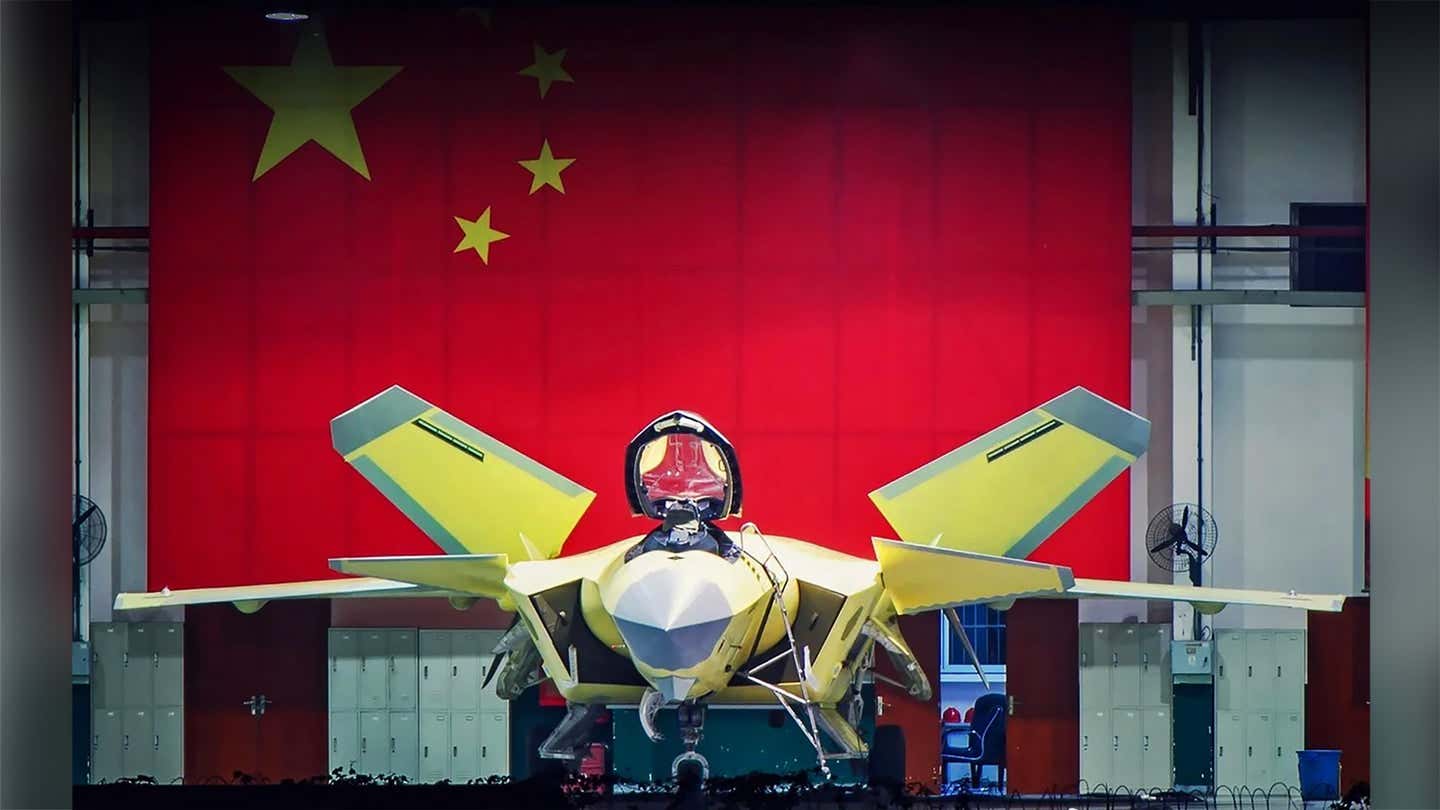Russia’s super-maneuverable Sukhoi Su-57 and China’s Chengdu J-20 may be arch-rivals on the battlefield, yet there are many parallels between the two fifth-generation stealth fighters.
After Su-57, Russia Wants To Outclass US’ F-16 With A Light & Cheaper Stealth Fighter Jet
Both Russia and China have projected these two as successors to their present fourth-generation fighter jets, which lacked stealth technology.
Interestingly, although many countries have evinced interest in these two aircraft, their abilities have been kept under wraps. The reason being the Russian fighter has not been fully developed yet, and China has decided not to disclose the full-scale capabilities of this combat jet.

Su-57 vs J-20
The Russian-origin single-seat, twin-engine Su-57 multirole aircraft took its maiden flight 10 years ago but still has not entered service.
India was one of the countries looking to acquire the aircraft, but delays in its development have marred the process. Now, the Russian Defense Ministry is the only customer that has ordered 76 fighters which will be delivered in 2028.
However, despite a myriad of problems, the aircraft has been designed to have supercruise, supermaneuverability, stealth capability, and advanced avionics to surpass the capabilities of the prior generation fighters.
On the other hand, the single-seat, twinjet, all-weather J-20s have been built as a competitor to the American stealth pair of F-35 Lightning and F-22 Raptor.
Known as the ‘Mighty Dragon’, the Chengdu J-20 was built by China’s Chengdu Aerospace Corporation for the People’s Liberation Army Air Force (PLAAF).
This has been designed as an air superiority fighter with precision strike capability and is of the same size as that of F-22 and F-35C. While the fighter lacks in terms of maneuverability due to its nature of being a large fighter jet, it is capable of housing a significant number of short-range missiles.

Su-57 vs J-20: Stiff Competition
If the J-20 is pitted against the Su-57 in an aerial battle, the Russian fighters would trump their Chinese counterparts in terms of kinematic performance, an analysis published by Yahoo News shows.
In terms of overall kinematic performance, the Su-57 is likely a superior performer compared to the Chinese J-20. With its three-dimensional thrust-vectoring capability and ample thrust, the Su-57 is likely to have an excellent low-speed high angle of attack maneuverability even with the current Saturn AL-41F1 after-burning turbofans, which are rated at 32,500lbs thrust each, the article said.
The Russian jet should also have a very good supersonic performance—with some degree of supersonic cruise capability even with the current AL-41F1 engines.

However, once the Su-57 receives its second stage Saturn izdeliye 30 engines, which are expected to deliver roughly 28,000lbs of dry thrust and 42,000lbs of afterburning thrust, the PAK-FA (Su-57) should be able to achieve kinematic performance—including supersonic cruise and maneuverability—roughly on par with the Lockheed Martin F-22 Raptor, according to the analysis.
It is well known that China’s aircraft development has been highly dependent on reverse engineering of Russian and other Western aircraft. Many of the features and airframe designs of its indigenous jets hold uncanny resemblances to the aircraft in service with other countries.
‘SU57 May Complement J20’
Of late, the Chinese state media has been keeping an eye on the development of the Su-57, as Beijing contemplates whether to import the Russian aircraft in the future or not.
However, according to a prominent Russian defense outlet, the Su-57 instead of being a replacement for a Chinese fighter would be better suited to flying alongside the J-20s in battle.
“The Su-57 is neither better nor worse than the J-20 but fulfills an altogether different operational purpose,” according to an article in The National Interest. The J-20 was designed as a stealth-missile platform that can penetrate sophisticated air defenses in order to target critical infrastructure or military assets, it claims.
The report further says, the Su-57 excels as an air superiority platform “that trades stealth and ground attack features for raw dogfighting potential.” It also suggests that China’s air force “should buy the Su-57 not as a replacement, but as a complement to the J-20”.




